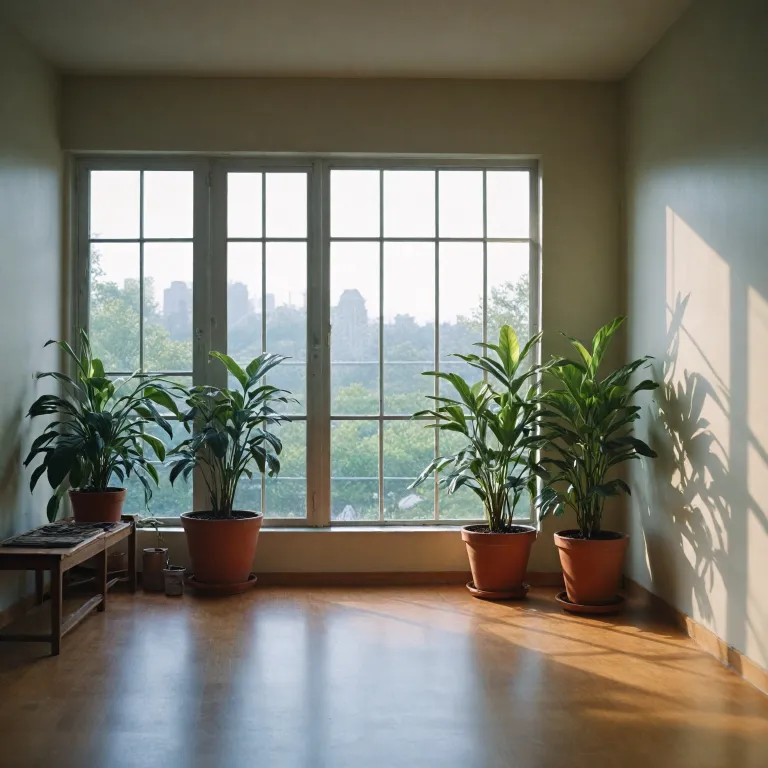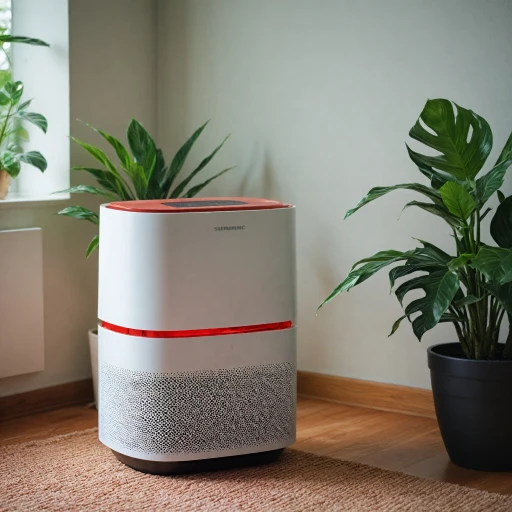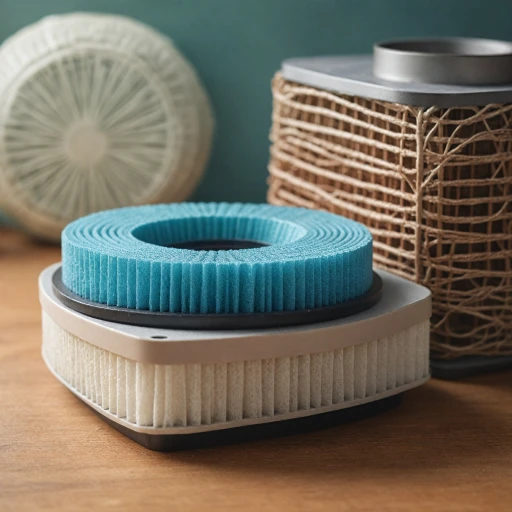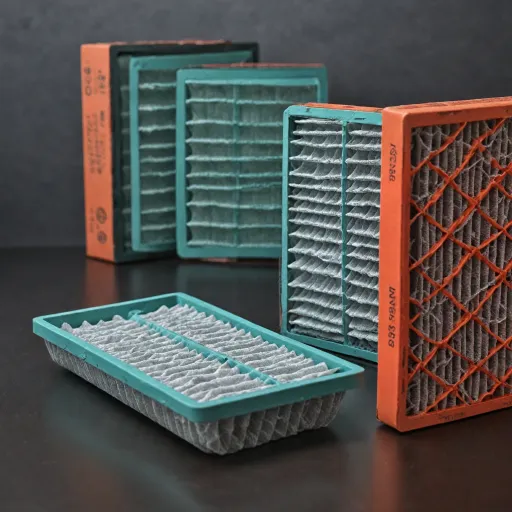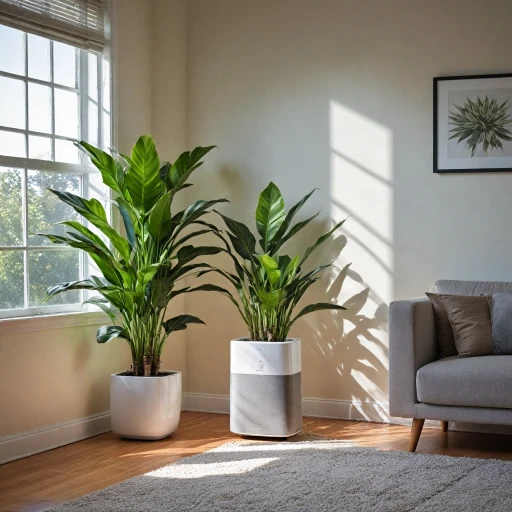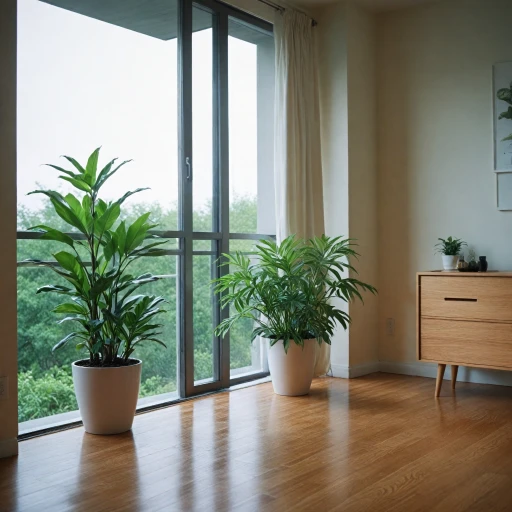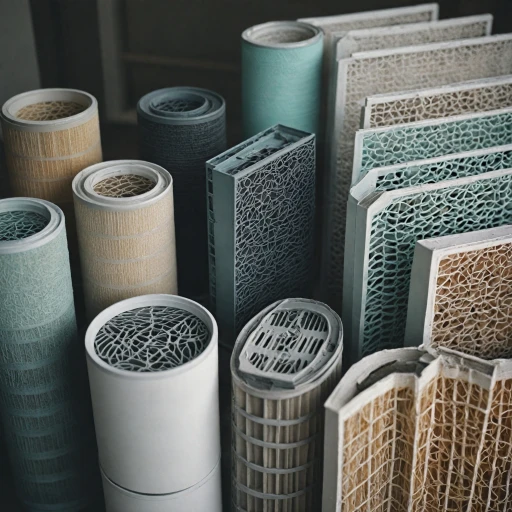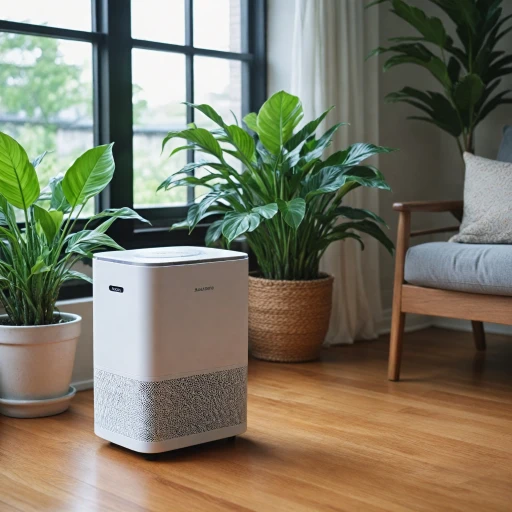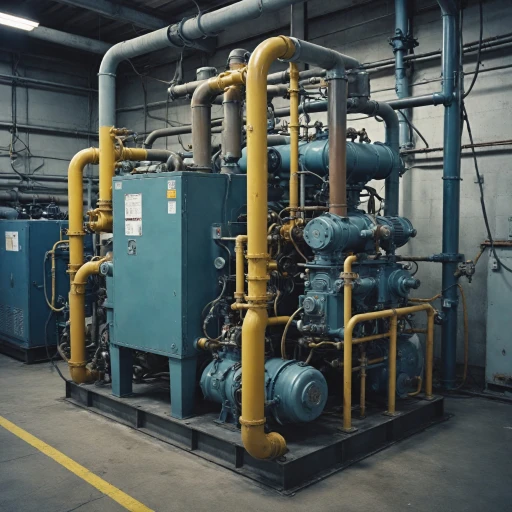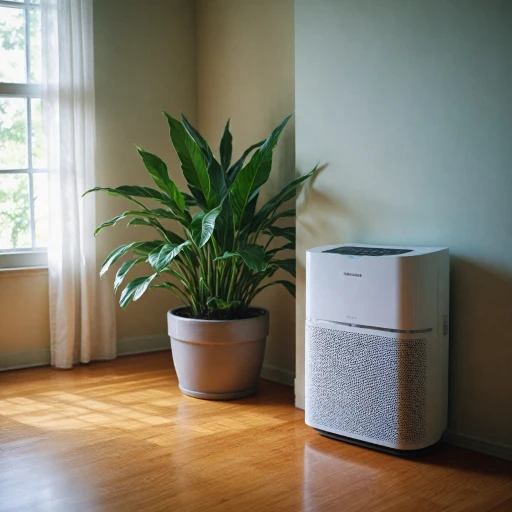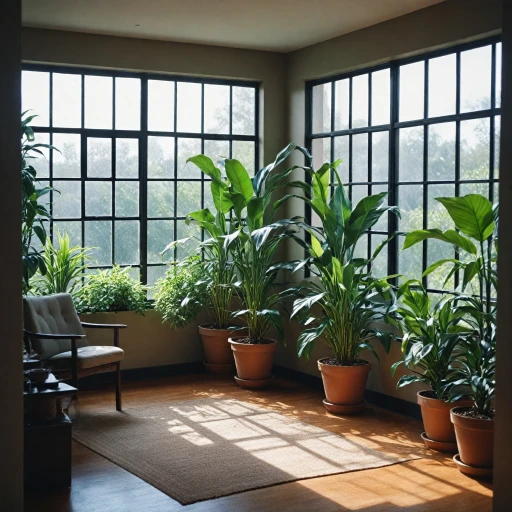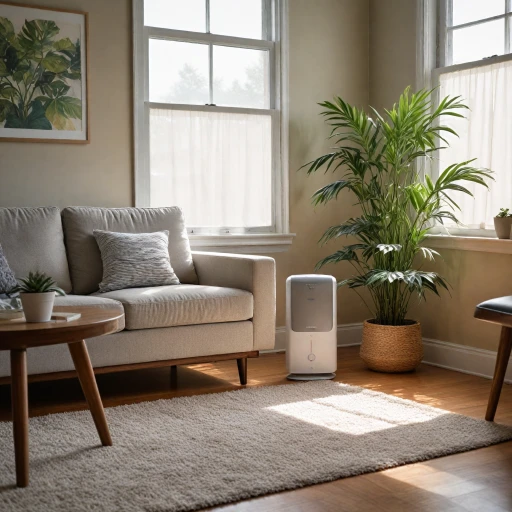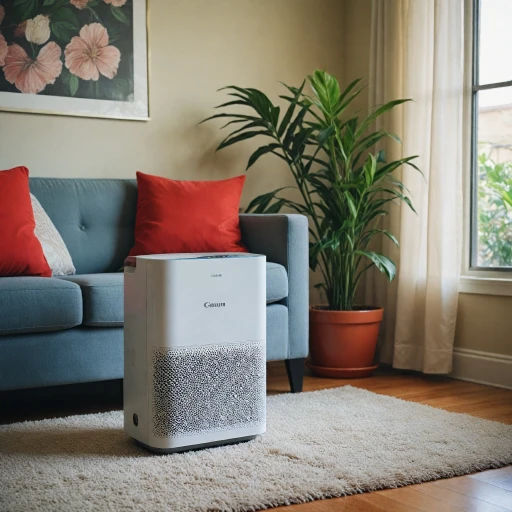
Understanding Air Purifier Functionality
Unraveling the Benefits of Air Purifiers
Air purifiers play a pivotal role in enhancing the air quality of indoor spaces. By systematically filtering out pollutants, allergens, and other contaminants, these devices improve the air we breathe. At the core of air purifiers lies their unique set of filters – typically HEPA and activated carbon – designed to trap and neutralize harmful particles. When it comes to operating these purifiers, understanding the functionality and the factors that affect their efficiency is crucial. The running time of a purifier can directly influence how clean and fresh the air is in your room. In many cases, users prefer to leave air purifiers running air continuously to ensure consistently cleaner air. The capacity of your air purifier should match the size of the room. High fan speed settings may increase noise levels, however, they can significantly quicken the purifying process. Conversely, running purifiers at a lower speed can reduce noise, allowing for restful sleep with improved air quality at night. Not all air purifiers are created equal. Some are designed for specific pollutant concerns, while others may be suited for general use. Regular use of purifiers is encouraged to keep indoor air quality at optimal conditions. For insights into selecting the best air purifier for your specific needs, check out this enhancing indoor air quality blog. Maintaining air purifiers is another aspect to consider to ensure their longevity and effectiveness. Regularly checking and replacing filters will extend the life of your purifier and ensure it maintains high performance levels.Factors Influencing Run Time
Elements Impacting How Long You Should Run Your Air Purifier
When it comes to determining the ideal running time for your air purifier, several factors come into play. These variables can affect the overall efficiency and effectiveness of your device in maintaining clean air within your indoor space.- Air Quality Levels: The current quality of your indoor air greatly influences how long your purifier should operate. In areas with higher pollution or allergens, it's usually necessary to run your purifier for more extended periods to ensure quality improvement.
- Room Size and Layout: The size of the room and the purifier's capacity are directly linked. Larger rooms require purifiers with greater capacity and might need longer operational times to achieve cleaner air. Understanding the specifications of your air purifiers will help in optimizing them for your room's needs.
- Filter Type and Condition: The type of filter your purifier uses, be it activated carbon or HEPA, affects the run time. Clean and well-maintained filters enhance efficiency, reducing the needed time to achieve the desired air quality. Regular checks can aid in maintaining their performance.
- Noise Levels and Fan Speed: The desired balance between noise levels and fan speed can also dictate run time. Lower fan speeds may result in quieter operation but can lengthen the time required for purification. Assess noise tolerance during distinct hours, such as night or sleep time, and adjust the fan speed accordingly.
- Continuous vs. Intermittent Operation: Deciding whether to leave your purifier running continuously or intermittently is crucial. Continuous operation might be necessary in places with consistently poor air quality or during high-pollen seasons. On the other hand, intermittently running air purifiers can save energy but may lower air quality consistency.
Recommended Run Times for Different Scenarios
Optimal Air Purifier Usage for Different Situations
Finding the best air purifier for your needs often involves understanding the specific scenarios in which you will be using the device. Different situations may call for varying run times to ensure high air quality and energy efficiency.
Continuous Operation for Consistent Air Quality
For those aiming to maintain consistently clean air in indoor spaces, running the air purifier continuously can be beneficial. This is especially true in areas with high air pollution, or rooms where the air quality frequently diminishes, such as kitchens or smoking areas. However, one should take into account energy consumption and filter longevity when operating a purifier for prolonged periods. Purifiers designed to operate for long hours can often handle continuous running.
Part-Time Use for Balance of Efficiency and Performance
For homes where air quality issues are less severe, or to save on energy consumption, running the purifier for specific periods might suffice. For instance:
- Daytime Usage: Operate the purifier during peak times of air pollution, such as when cooking or during periods of high pollen count.
- Nighttime Usage: To ensure cleaner air while sleeping, run the purifier at a lower fan speed to balance noise levels and filter performance, thus providing a peaceful sleep environment.
Occasional Use for Specific Needs
For individuals who use air purifiers to tackle specific issues rather than everyday air quality maintenance, limited running times may suffice:
- Periodically when someone in the household is experiencing allergies or respiratory discomfort.
- During house cleaning to capture airborne dust particles stirred up in the process.
Ultimately, choosing the right running air time strategy involves balancing the need for clean air with practical concerns over cost and maintenance. Regular evaluation of indoor air quality and adjustments based on activity levels in a room can guide effective usage.
Energy Efficiency Considerations
Balancing Energy Use and Air Quality
When considering the optimal running time for your air purifier, energy efficiency should be a key factor. While the goal is to ensure that the air purifier effectively improves indoor air quality, it's also essential to manage energy consumption wisely.- Fan Speed and Power: Running an air purifier at a higher fan speed can lead to cleaner air more quickly, but it also increases energy use. Many purifiers are designed with multiple speed settings, allowing you to choose a balance between noise levels, air quality, and energy consumption.
- Energy Efficient Models: Some air purifiers are specifically designed for energy efficiency. Investing in a model with an Energy Star rating, for instance, can ensure that you achieve high air quality conditions without a spike in electricity usage.
- Night Mode and Light Sensors: Some air purifiers feature a night mode or a light sensor which automatically adjusts fan speed and operation intensity based on room darkness. This feature means the purifier will operate at a lower speed and noise level at night while still maintaining cleaner air as you sleep.
